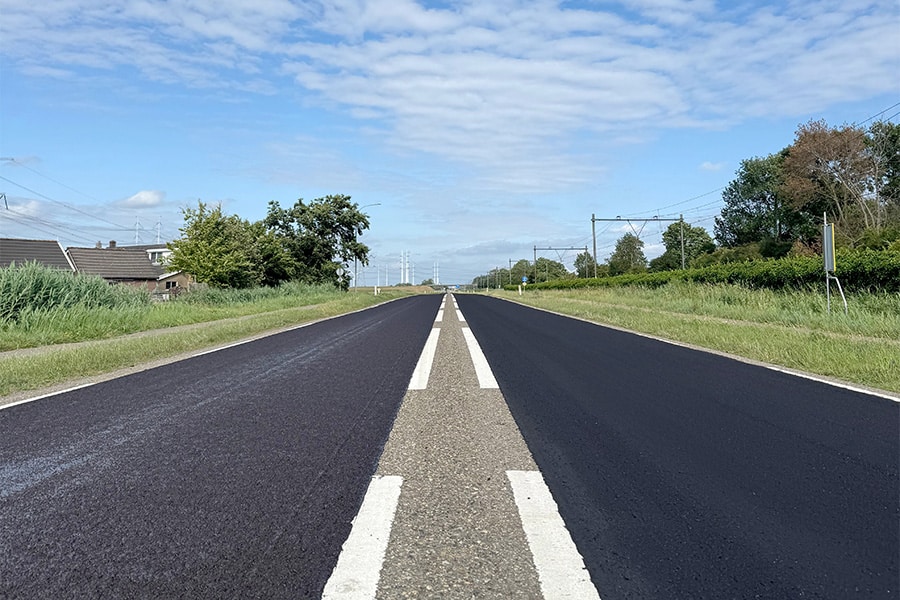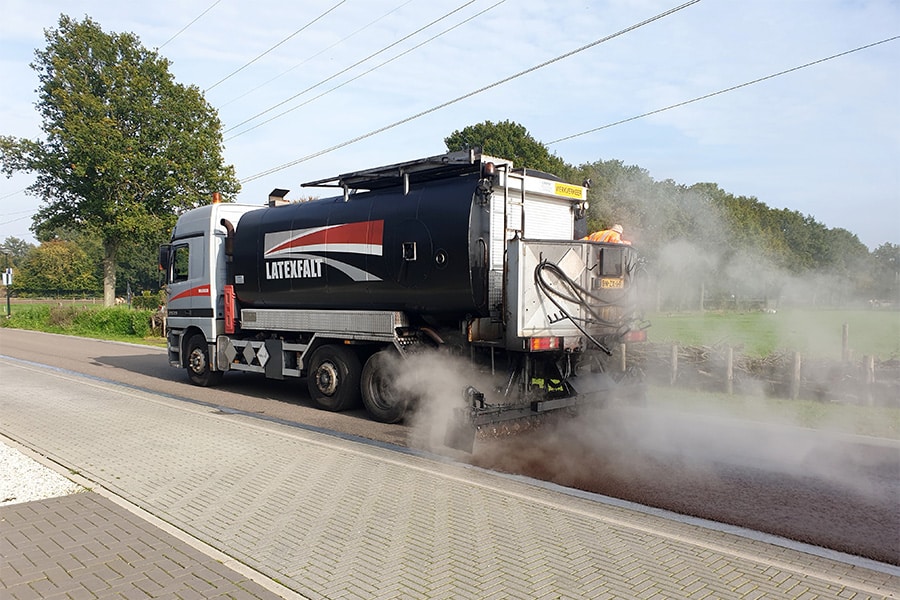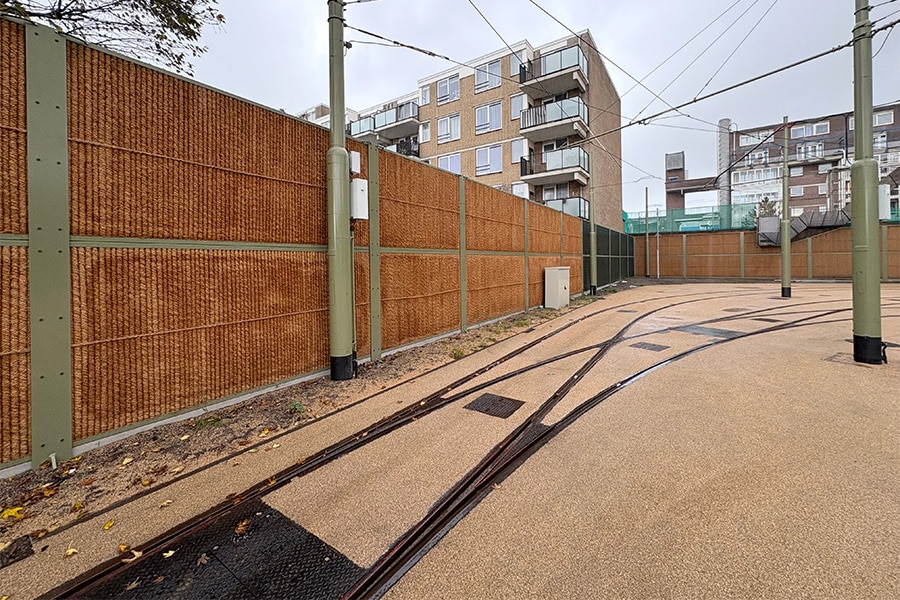
Routing and updating drinking water transmission pipeline
Next to the existing A.C. de Graafweg (N241) lies a drinking water transport pipeline from water company PWN that supplies the main pipeline networks of Opmeer and Schagen, among others. In order to prevent the concrete pipe under the widened road construction from 'disappearing' or collapsing as a result of the work above it, a large part of the pipeline is being relocated by Van Baarsen Buisleidingen and updated to a steel one. This extends the lifespan considerably and keeps the pipeline accessible for maintenance in the future.

Van Baarsen Buisleidingen is PWN's house contractor and involved in the construction team for the reconstruction of the A.C. de Graafweg at the intercession of the water supply company. "While reconstructing the road, contractor Boskalis came across all kinds of 'obstacles' in the verge, including the drinking water transport pipeline," says Matthijs Cappendijk, project coordinator at Van Baarsen Buisleidingen. "The pipeline is made up of concrete pipe segments connected by sleeve and spigot joints. A fine construction, but not resistant to extreme loads from above that are simply associated with such reconstruction. The risk of collapse is too great. Moreover, part of it would disappear under the asphalt. Reason enough to intervene."

70 years old
Over the total route of the A.C. de Graafweg realignment (12 kilometers), approximately 8.5 kilometers of the drinking water transport pipeline will be relocated. Over the same length, the existing pipeline will be removed. At those locations where Boskalis is not carrying out large-scale work, the existing pipeline will remain in place. The concrete pipe has been there for 70 years, but is still in perfect condition, according to Cappendijk. "Concrete is the perfect material to carry water through. It hardly wears out and the water stays clean. Today, however, concrete is no longer used because steel is a much stronger material and can better handle external loads. However, steel pipe is cemented internally for the above reasons."

Shrink sleeves
The relocation of the drinking water transmission line is being done in phases. "The project is split for us is six phases. We start at the abandonment in Heerhugowaard and reconnect to the concrete pipe in Wognum. In between, we are also making connections to the existing pipeline via special couplings because, as I said, we are only diverting part of it. Because of Boskalis' schedule, we started phase 2 in execution, installing 2 kilometers of new steel pipe B500. The pipes are delivered to work in sections of 18 meters, after which we lay them out along the route on big bags filled with sand. In this way, a 200-meter section is welded together each time next to the trench, where the welds are fitted with shrink sleeves. Using five mobile excavators, the pipe section is carefully picked up and placed in the trench. And so each time to phase is delivered."
Meanwhile, phase 1 has also been completed, for which Van Baarsen Buisleidingen called on regular partner Van Vulpen to realize two directional drillings, and phase 4 is nearing completion. "Then we will switch to phase 3 and for next year phases 5 and 6 are planned. Eventually, of course, the connection will also be made to the existing pipeline. The latter is done in close consultation with the water supply company. All in all, for us this is an extensive project in which we are involved from the very beginning and are part of the construction team. That makes it very special for us," Cappendijk acknowledges. "The execution is going entirely according to schedule so far. Thanks also to the fine cooperation with Boskalis, the surrounding area, parcel owners and indirect client PWN."




